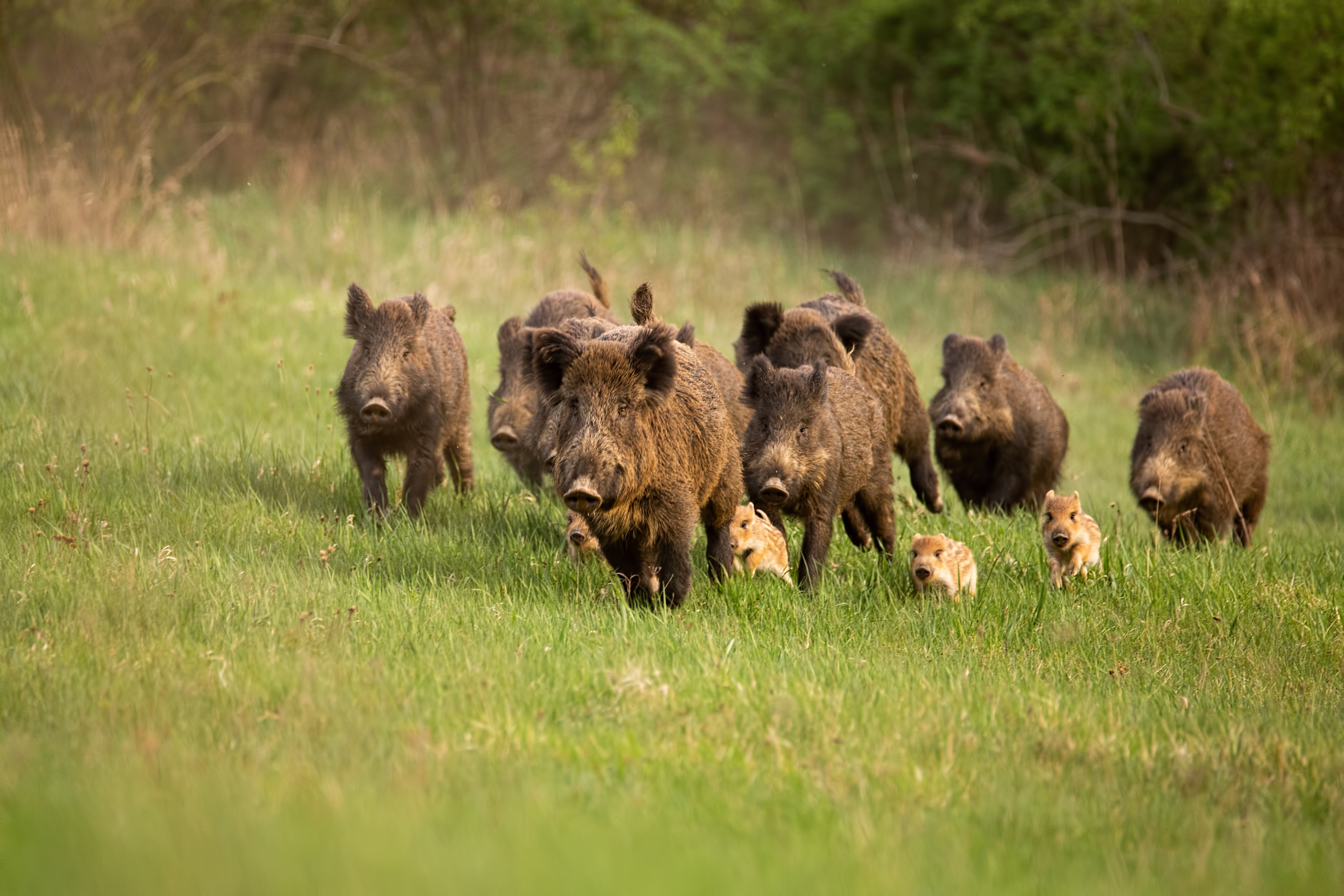


African swine fever (ASF) is a devastating haemorrhagic viral disease affecting domestic and wild pigs of all ages and sexes. This disease causes massive economic losses, threatens food security and trade, and
presents a serious challenge for the pig production sector in affected countries. ASF also threatens the biodiversity conservation of several Asiatic wild Suidae.
Since ASF was first introduced in Georgia in 2007, the disease has spread to many countries in Europe, Asia and the Pacific, and in 2021, it was detected in the Caribbean states of the Dominican Republic and Haiti, both in the Americas.
In much of its Euro-Asiatic range, the African swine fever virus (ASFV) infects wild boar, which sometimes act as the main – if not the only – epidemiological reservoir of the infection, keeping it in the environment regardless of the presence of infected domestic pigs.
The presence of the virus in wild boar populations is a continuous health threat for the sympatric domestic pig population, posing a challenge for veterinary and wildlife services that have had little success in attempting to eradicate infections among wildlife, especially in the absence of an effective vaccine.
Finally, areas in which ASFV is detected in wild boar remain infected for at least one year after the last recorded case. This is a much longer period than that of domestic animals and puts a strain on the services involved, requiring a considerable amount of work and human and financial resources.
The second edition of the handbook provides insights on surveillance and disease management in wild boar based on experiences with ASFV eradication in Belgium and Czechia, as well as other recent experiences in the prevention and control of the disease in wild boar in Europe. Click here to access the full document: https://www.fao.org/documents/card/en/c/cc0785en
